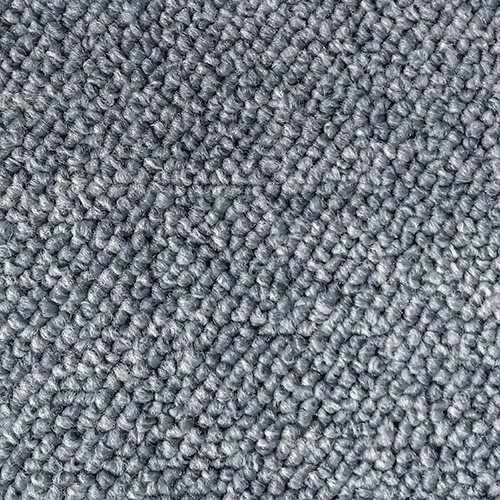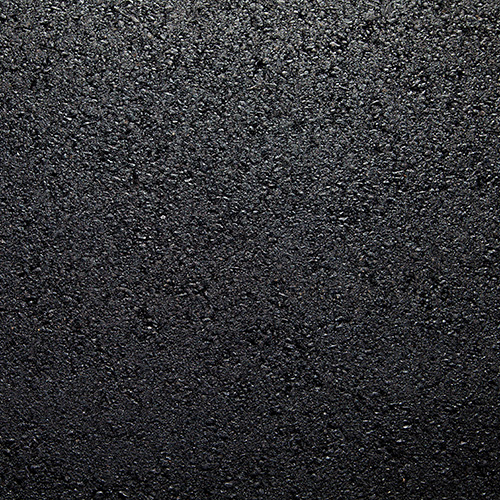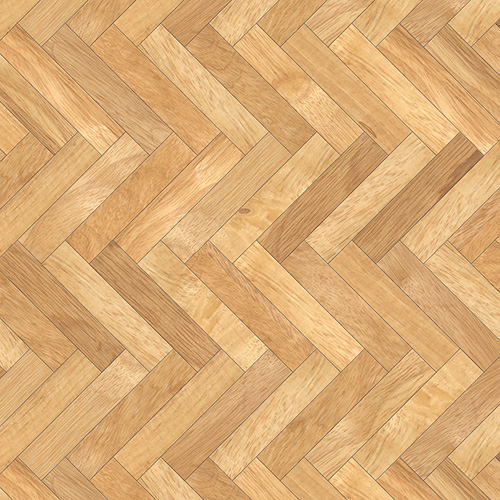Selection Criteria
Due to the diversity of applications and working environments there is no simple answer for the selection of the appropriate castor or wheel. However, the following main criteria should be observed:
Each castor should have the capacity to support one-third of the total weight as uneven floors or uneven load distribution will cause uneven load balance between the castors.
T = (E + Z) / (n - 1)
T = Castor load capacity
E = Weight of the cart
Z = Weight of the load
n = Weight of the load
As load capacity and rolling resistance depend largely on the wheel diameter, this is one of the most important factors.
- The larger the wheel size, the lower the rolling resistance.
- In general, the rougher or more uneven the rolling surface, the larger the wheel diameter should be. A larger wheel will cope with obstacles on the floor much easier than a small one.
- When the height available for mounting is limited, the maximum load capacity may be increased by the use of twin castors.
NYLON
high load capacity, high abrasion resistance, easy running on smooth floors, unbreakable, impact proof, maintenance free, long service life, resistant to saline solutions, greases, acids and alkalines, resistant to temperatures from –30° C to +80° C
STANDARD RUBBER
light to medium load capacity, silent in motion, good running performance, resistant to diluted acids, resistant to temperatures from –20° C to +60° C
ELASTIC-SOLID RUBBER
high elasticity and load capacity, excellent running performance, very silent in motion, low rolling resistance, good abrasion resistance, resistant to temperatures from –20° C to +60/70° C
PolyurethaneE
Rubber-like, resilient and durable, low rolling resistance, abrasion- and tear resistant, high resistance to shocks, floor-protective, resistant to oils, greases, petrol, benzol and other chemicals, resistant to temperatures from –30° C to +80° C, Polyurethanee 95 shore or 80 shore available
VULKOLLAN®
Original Bayer Vulkollan‚ Desmodur 15 – the high performance elastomer for high dynamic loads, with extremely low deformation under long periods of stationary loading and excellent wear resistance for a long service life. Vulkollan‚ offers good resistance to UV-radiation, ozone, greases, oils, petrol and the majority of acids, resistant to temperatures from –30° C to +80° C
PNEUMATIC TYRES
best allround driving quality, highest elasticity, excellent anti-shock absorption, low rolling resistance on uneven floor conditions, floor-protective
CAST IRON AND STEEL
very high load capacity, high pressure and abrasion resistance, easy running on smooth floors, resistant to metal chips and aggressive materials, resistant to temperatures from –100° C to +300° C
Different types of floor require specific wheel treads.
Use the following rule of thumb:
Hard floor – soft wheel
Soft floor – hard wheel
We recommend:
-
PVC/Concrete

- Polyurethanee/Vulkollan®
- (Elastic)-Solid rubber (grey)
- Nylon
-
Tile

- Elastic-Solid rubber (grey)
- Polyurethanee
-
Carpet

- Nylon
-
Asphalt

- Polyurethane/Vulkollan®
- (Elastic)-Solid rubber
- Cast iron/Steel
-
Parquet

- Polyurethane
- (Elastic)-Solid rubber (grey)
-
Obstacles

- Polyurethane/Vulkollan®
- (Elastic)-Solid rubber
Starting Resistance
The starting resistance is the sum of adhesion resistance and rolling resistance, i. e. the force required to set a stationary wheel into motion.
Rolling Resistance
Rolling resistance is the force required to keep the wheel in constant motion.
The rolling resistance depends on:
- Load
- Wheel size
- Wheel Tread
- Type of bearing
- Floor surface conditions
Consult the following diagrams for comparative specifications regarding rolling resistance.




When going over thresholds, potholes and similar obstacles, wheels are subject to a shock-like overload, which may lead to the destruction of the wheel. If this is part of the standard use we recommend putting particular emphasis on swivel bearings without Kingpin, elastic treads, large diameter and load capacity reserves.
The castor arrangement largely determines the trolley manoeuvrability.
| EXAMPLES OF POSSIBLE CASTOR ARRANGEMENTS | Wheel position | Castor load capacity in % of total load weight |
|---|---|---|
3 SWIVEL CASTORSExcellent manoeuvrability but unstable, difficult to guide on straight runs, suitable only for small loads 1 SWIVEL CASTOR AND 2 FIXED CASTORSEconomical solution for lightly loaded trolleys requiring good manoeuvrability, suitable for small trolleys, requires balanced weight distribution to ensure stability. |
  |
 |
4 SWIVEL CASTORSVery high load capacity and exceptional manoeuvrability, excellent on bends and turns and where side motion is frequently required but difficult on straight runs and ramps, equipping 2 castors with directional locks makes this arrangement very versatile and suitable for long straight runs. 2 SWIVEL CASTORS AND 2 FIXED CASTORSThe most commonly used arrangement, combines high load capacity with easy manoeuvrability, ensures accurate steering even on long straight runs but difficult to manoeuvre in confined spaces |
  |
 |
2 SWIVEL CASTORS AND 2 FIXED CASTORS WITH LARGER WHEEL-Ø/h4>Easy on straight runs, centrally pivoting – ideal for confined spaces 2 FIXED CASTORS AND 2 FIXED CASTORS WITH LARGER WHEEL-ØAn economical solution for straight runs, centrally pivoting – ideal for confined spaces |
  |
 |
4 SWIVEL CASTORS AND 2 FIXED CASTORSIdeal for long and heavy loads |
 |
 |
Castor and wheel selection should always consider factors like corrosion-, temperature- and chemical resistance.
The table below shows the resistance of some wheel materials towards commonly used chemicals. Chemical resistance doesn’t depend just on type of corrosive element but on other factors such as duration of contact, concentration and environmental conditions such as temperature and humidity. The table below can only give rough guidance as circumstances and therefore results can vary massively. Also, chemicals in their pure form will react very differently from mixed substances.
| Chemicals | Nylon |
Polyurethane |
Standard Rubber |
|---|---|---|---|
| Formic acid | - - | - - | + |
| Ammonia (20° C) | + | - - | + |
| Ethanol | + | + + | + |
| Ether | + | + + | - - |
| Acetone | + | + | + |
| Petrol | + + | + | - - |
| Benzol | + + | - - | - - |
| Butryc acid (1%) | + | + | + |
| Butryc acid (98%) | - | - | - |
| Chloride of lime | - - | ? | - - |
| Chromic acid (3%) | - - | - | - - |
| Diesel oil | + + | + | - |
| Photographic developer | + | + | + |
| Acetic acid (10%) | + | - - | + |
| Acetic acid (80%) | - - | - - | + |
| Ester | ? | ? | - |
| Distilled water (50° C) | + + | + | + + |
| Fish glue | ? | + | ? |
| Glycol | + | + | + + |
| Glycerine | + | + + | + + |
| Cupric sulphate (10%) | + | + | + + |
| Lye | + + | - | + |
| Linseed oil | + + | + + | - |
| Seawater/ Brine | + | + + | + + |
| Methyl ethyl keton | + | - - | - - |
| Methylchloride | - - | - | - - |
| Milk | + + | + + | + + |
| Lactic acid up to 40° C (10%) | + | + | - |
| Lactic acid up to 40° C (90%) | - | - | - |
| Mineral oil | + + | + + | - - |
| Monochlorbenzene | - | + | - - |
| Motoroil | + + | + | - - |
| Olive oil | + + | + | - |
| Petroleum | + + | + + | - - |
| Phenol | - - | - | - - |
| Phosphoric acid 20° C (25%) | - - | - | + + |
| Nitric acid (10%) | - - | - - | - - |
| Hydrochloric acid (10%) | - - | - - | + |
| Carbon disulphide | + | + | - - |
| Sulphuric acid (10%) | - - | - - | + |
| Sulphuric acid (50%) | - - | - - | - - |
| Silicone oil | + + | + + | - |
| Soja bean oil | + + | + + | - |
| Terpentine | + + | + | - - |
| Carbon tetrachloride | + | + | - - |
| Toluene | + + | - - | - - |
| Trichlorethylene (20° C) | + | - - | - - |
| Water(20° C) | + + | + | + + |
| Water and steam (100° C) | + | - | + |
| Hydrogen peroxide (30%) | - - | + | - - |
| Citric acid 20° C(10%) | - | + | + + |